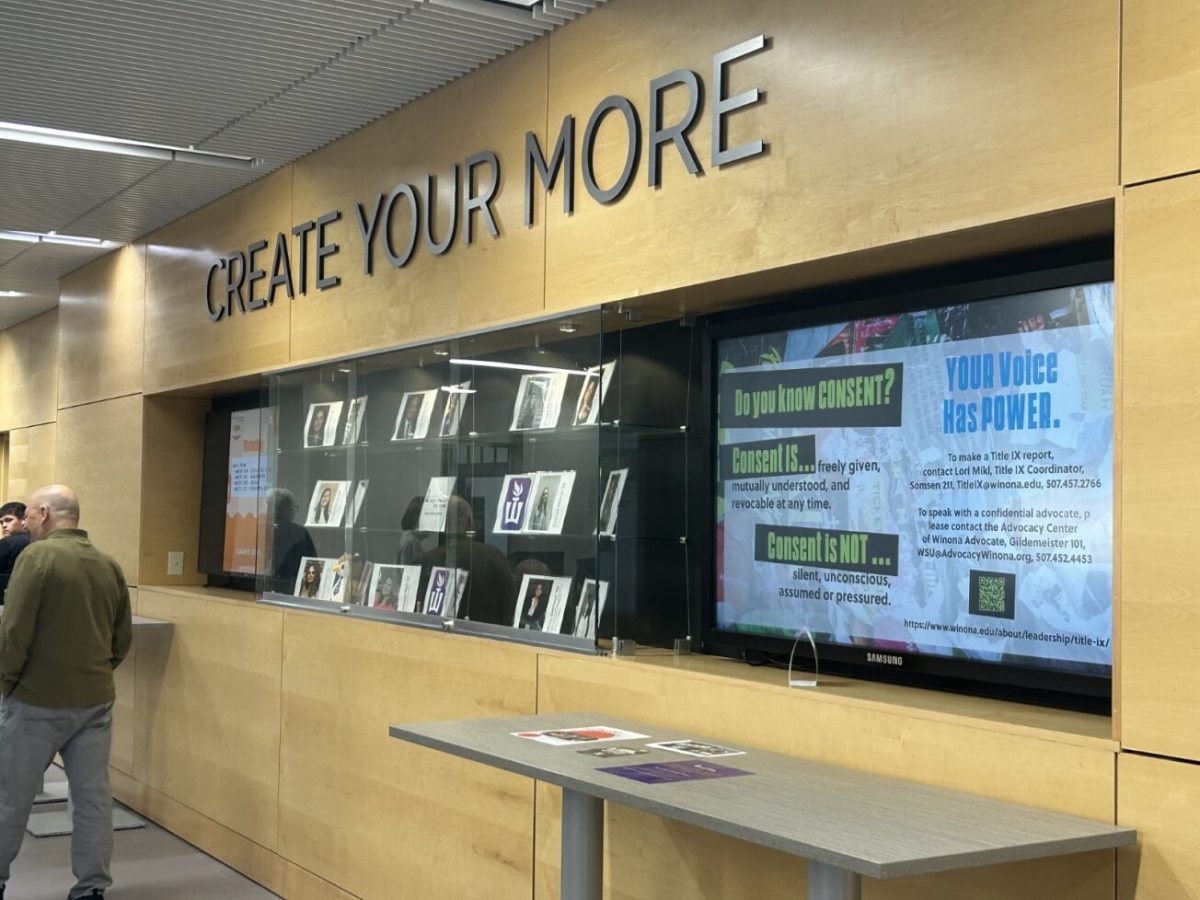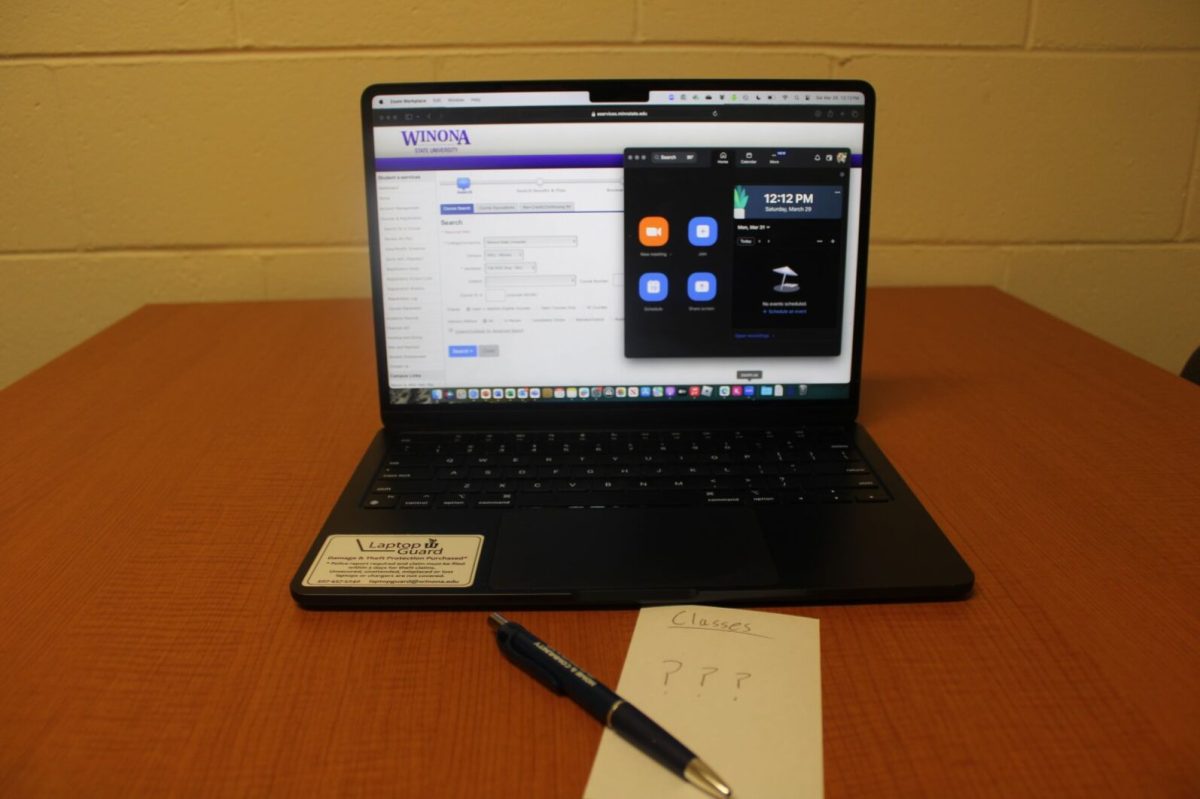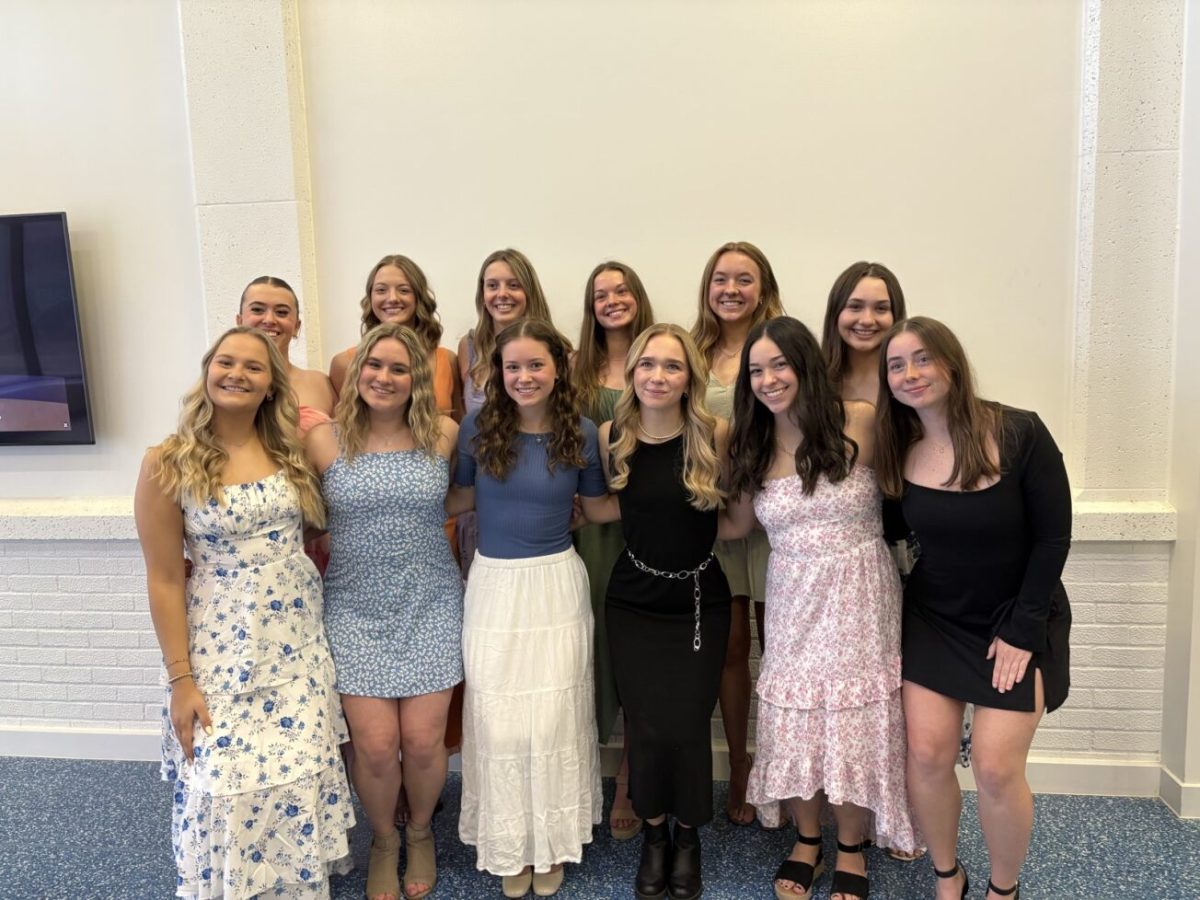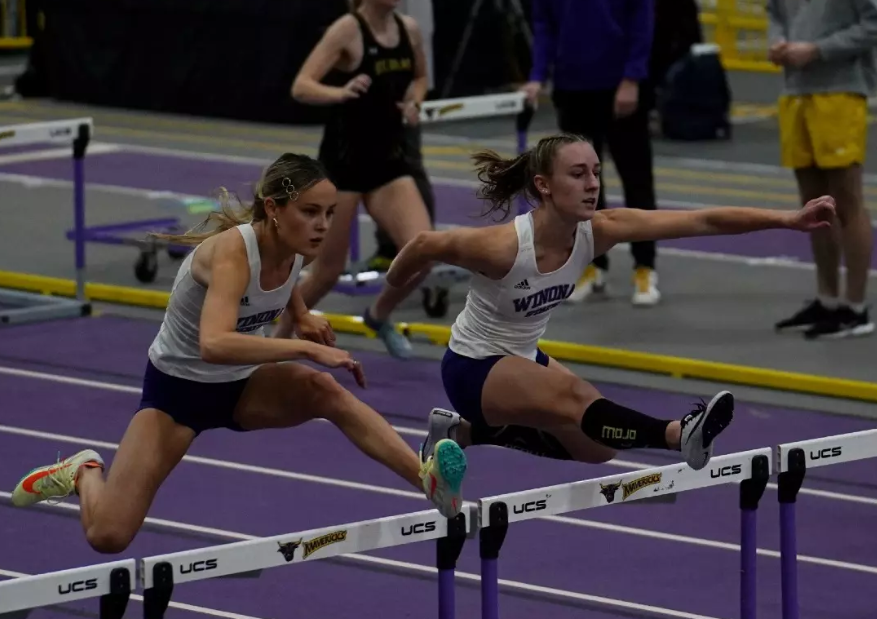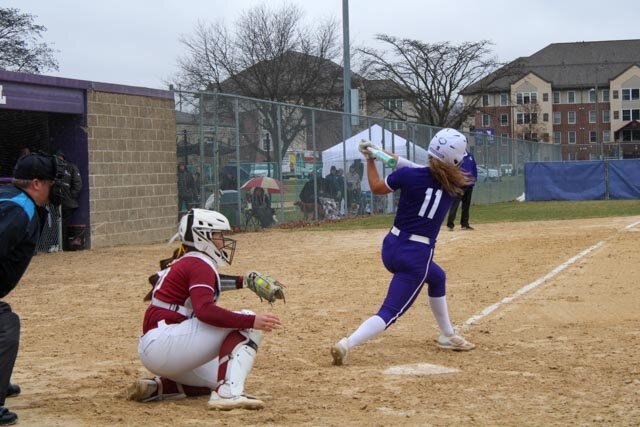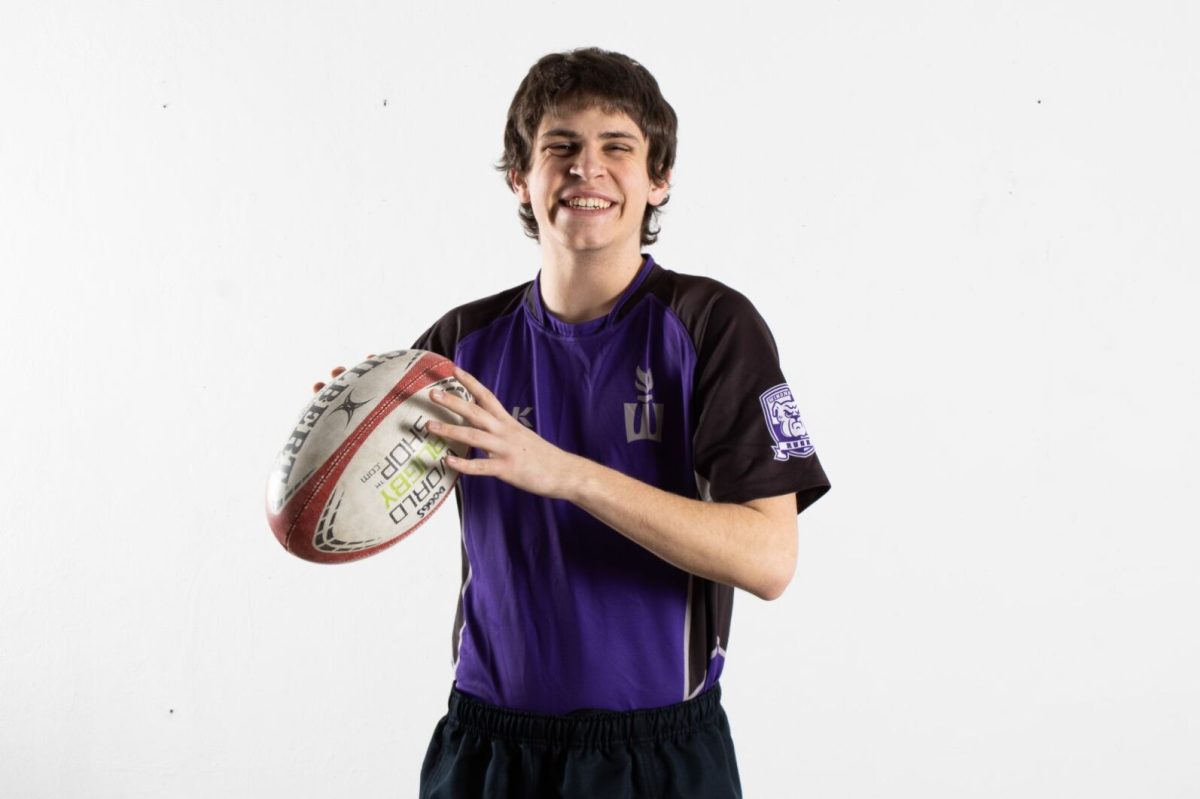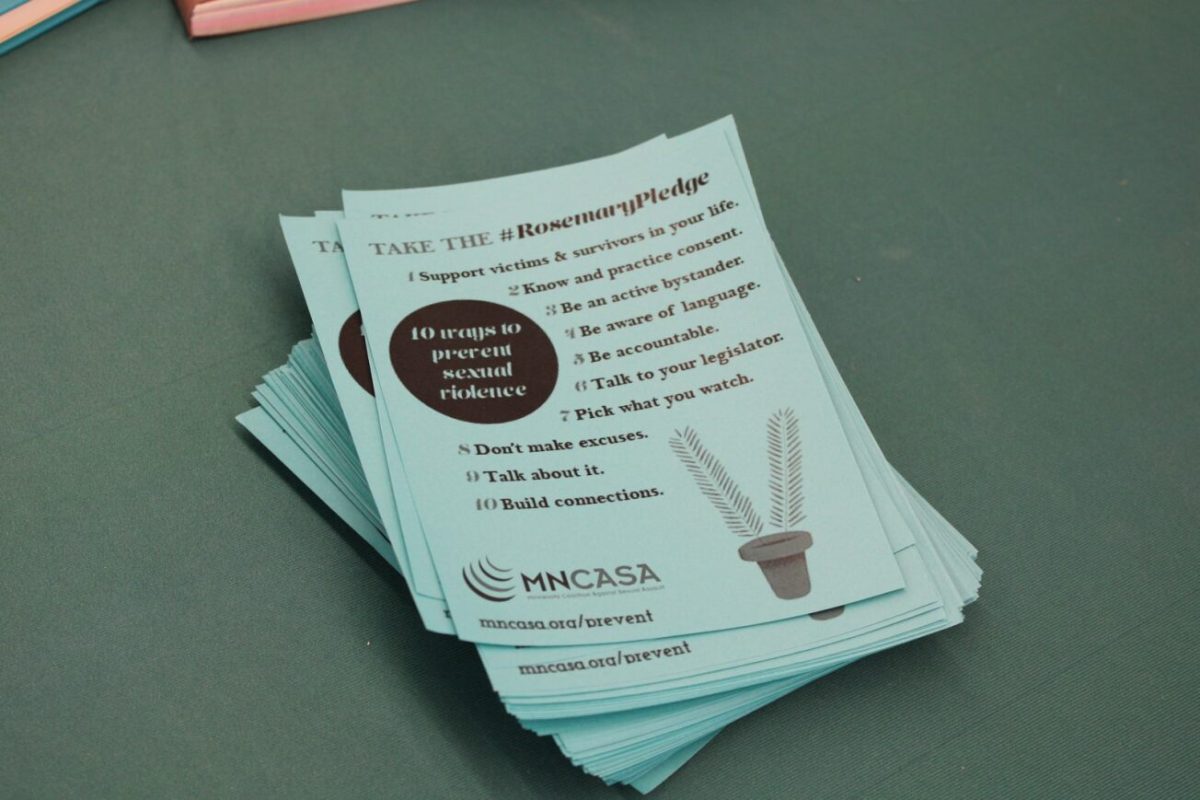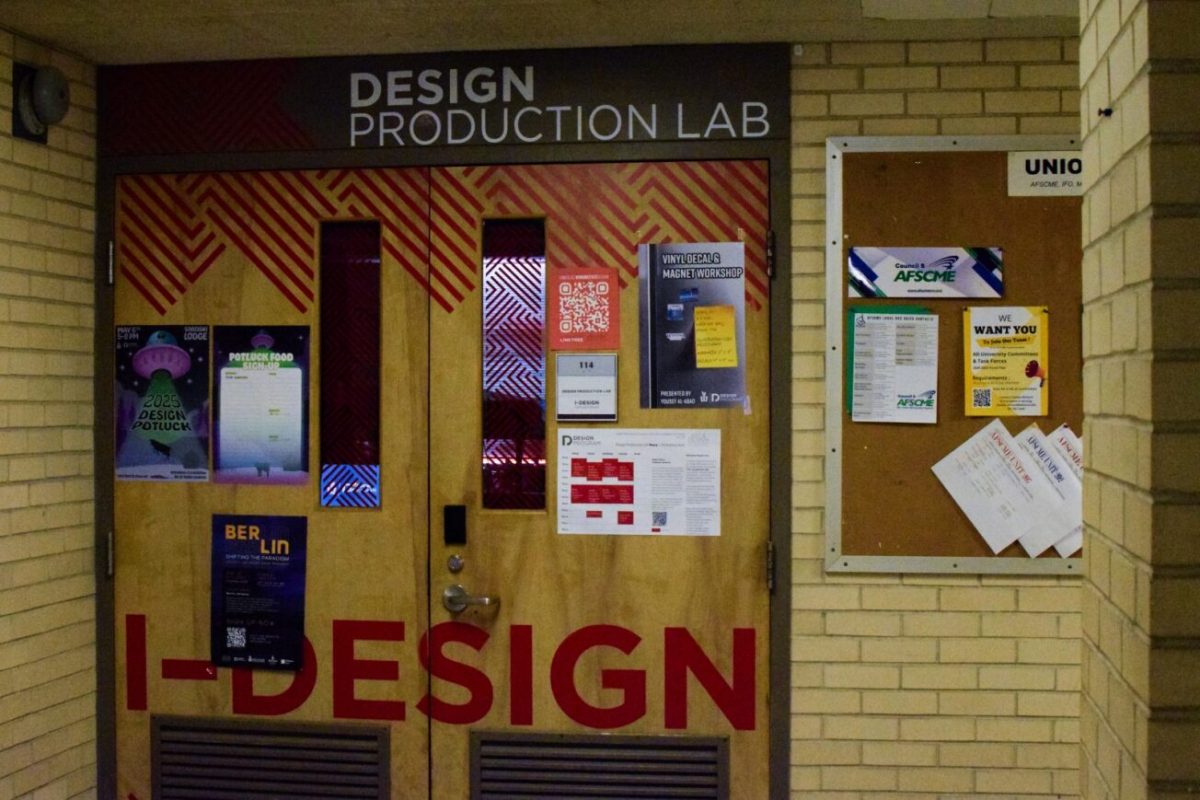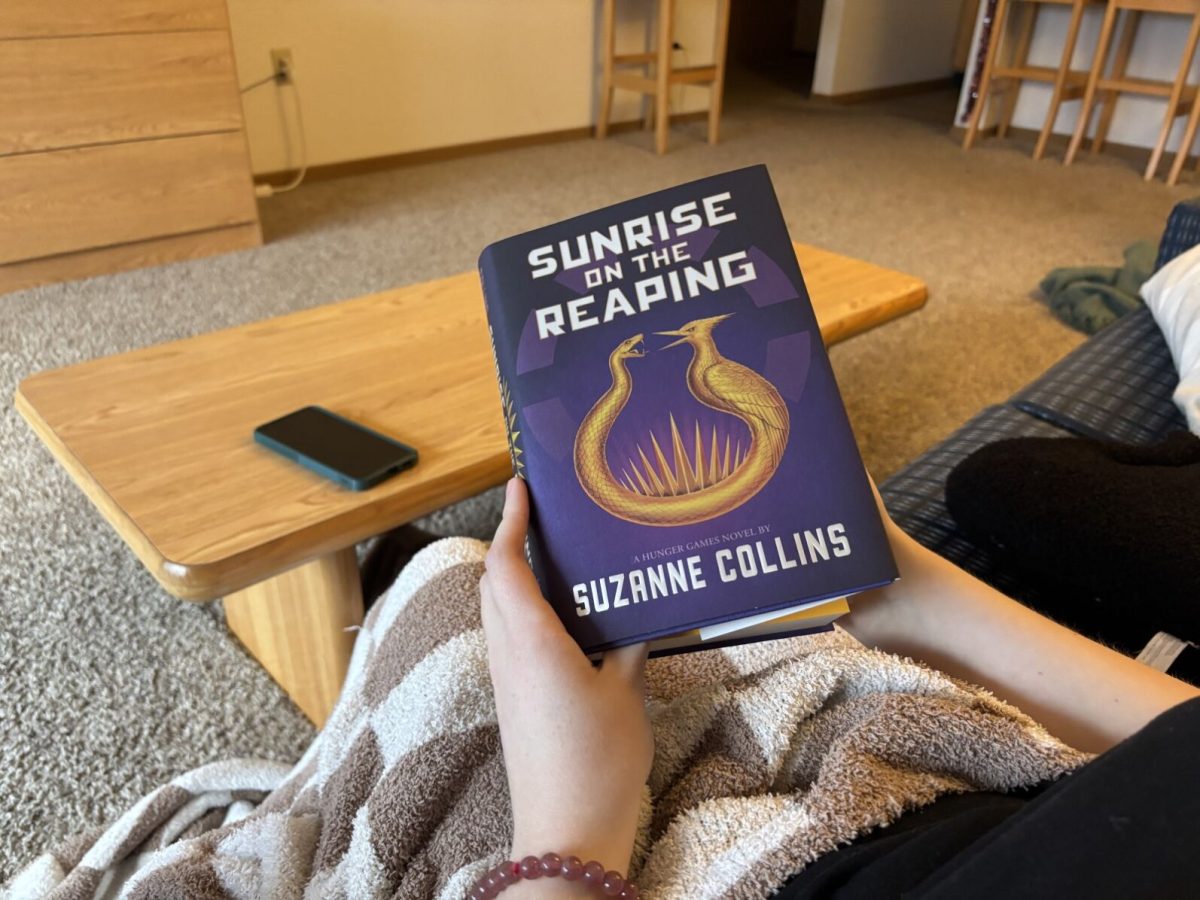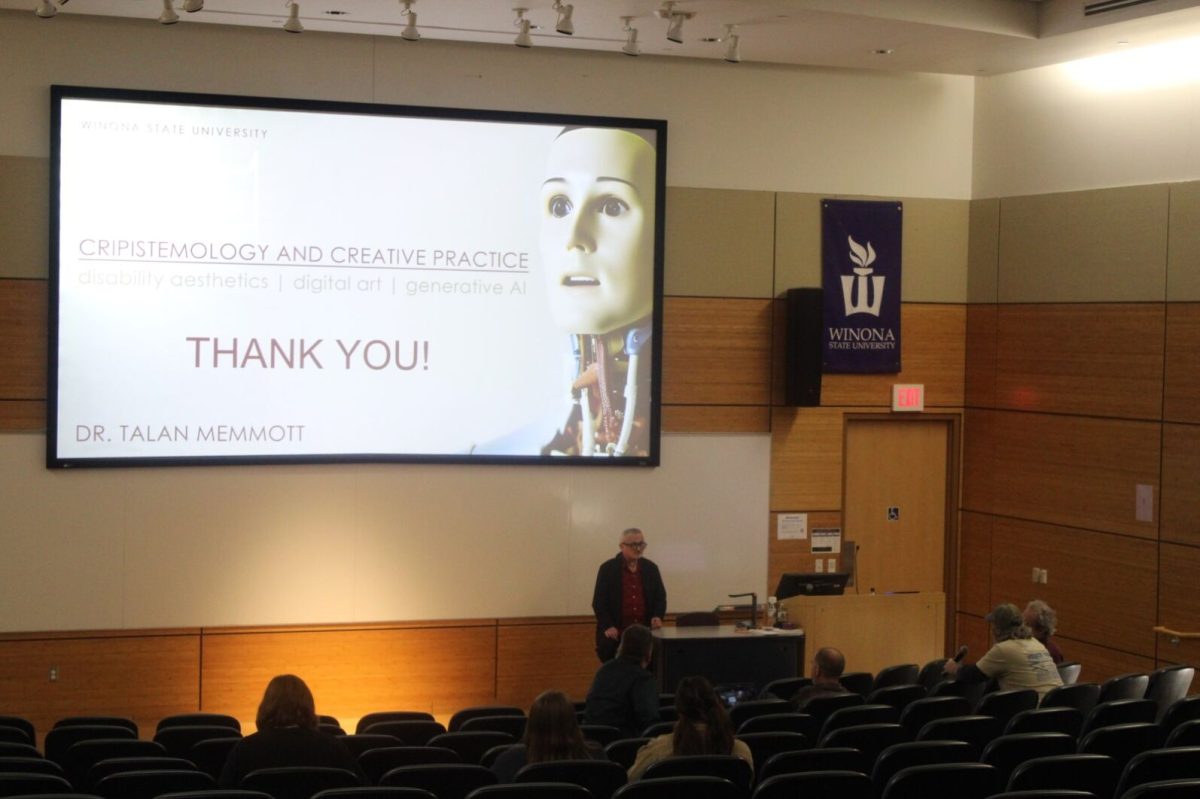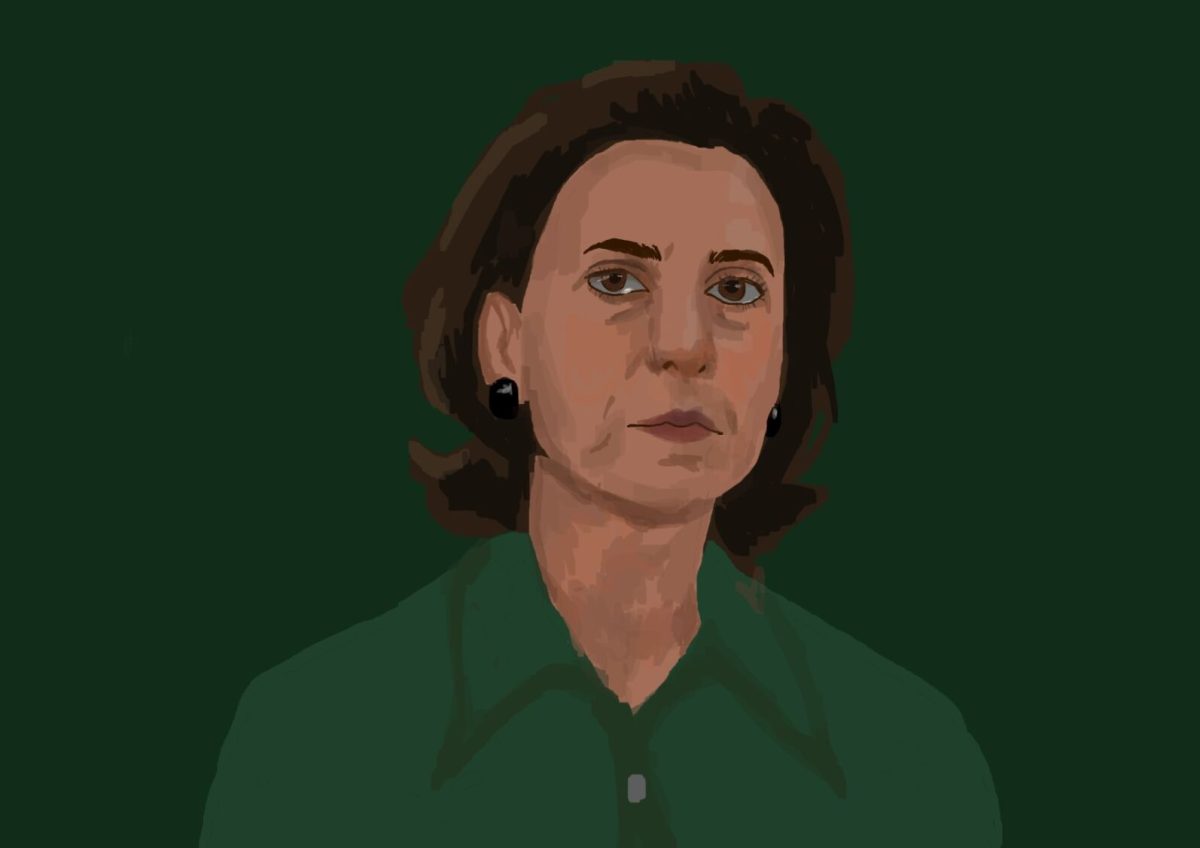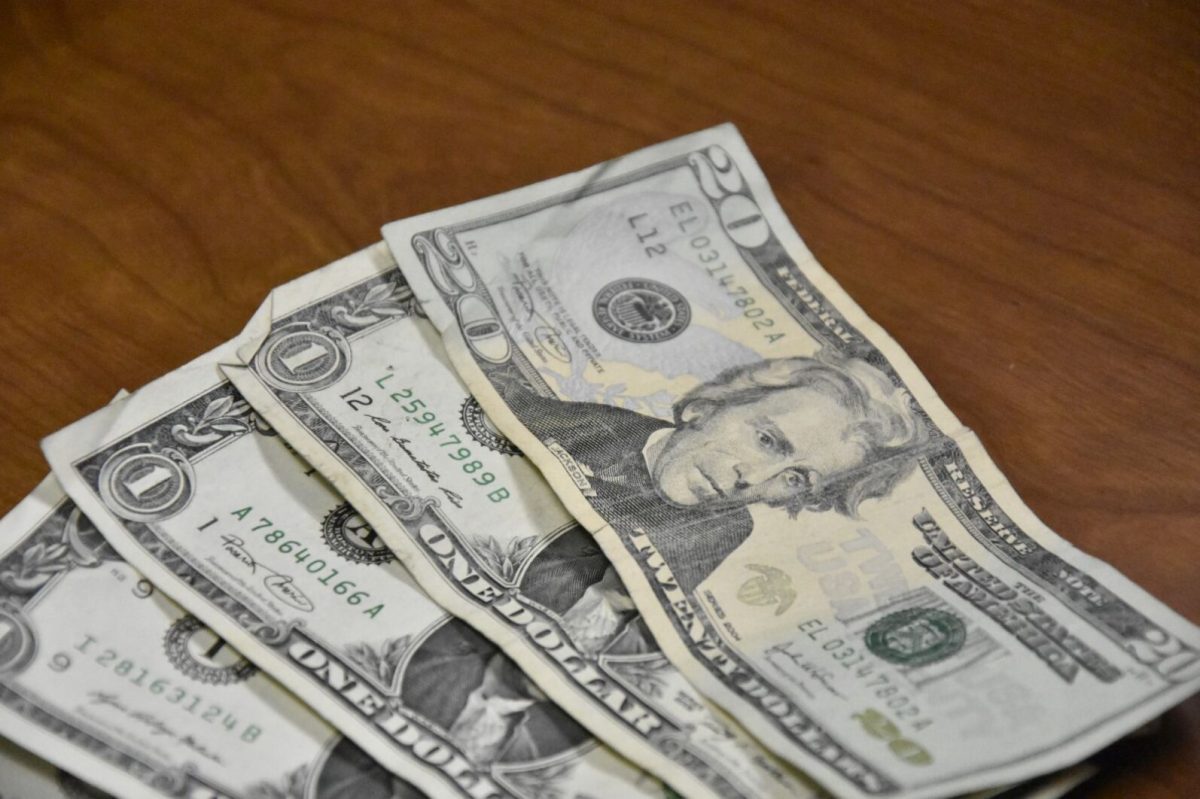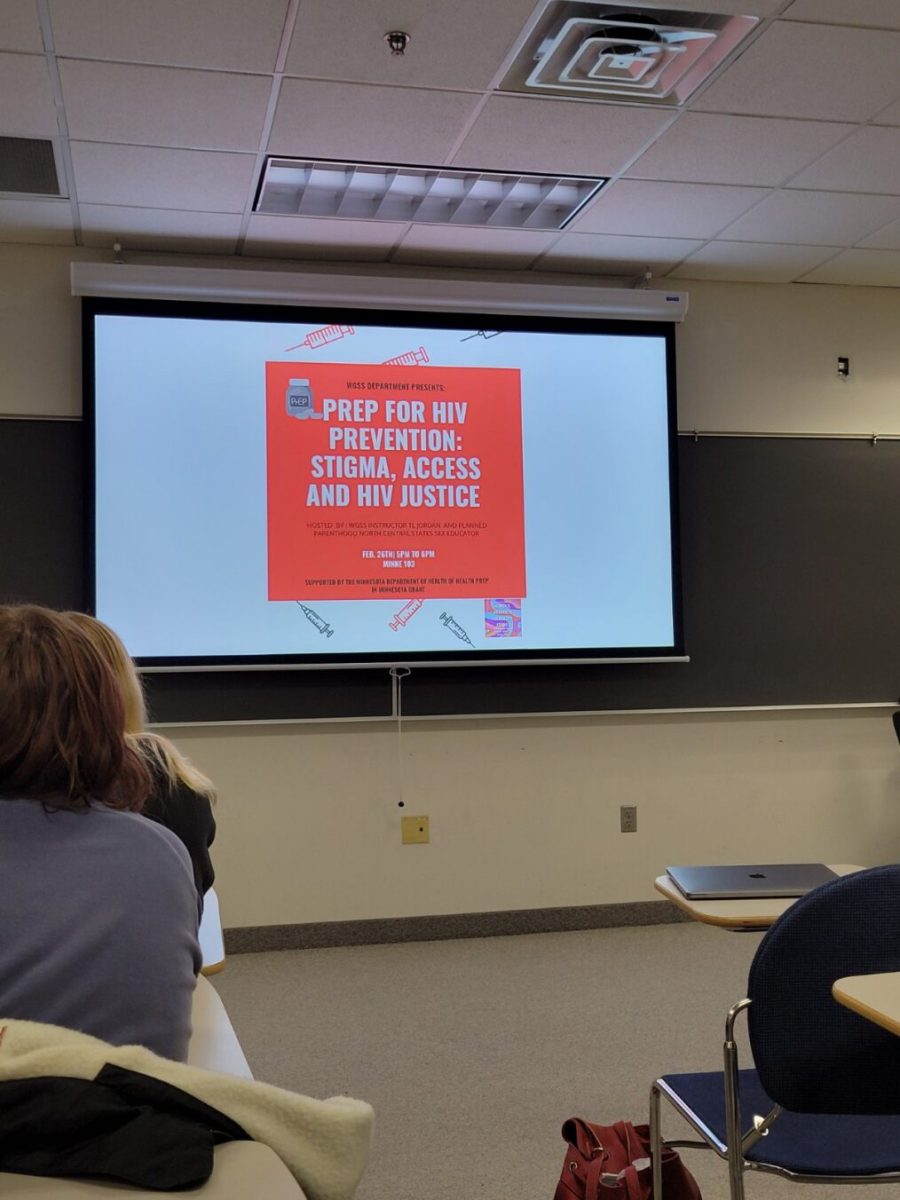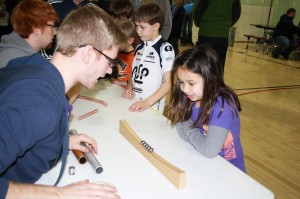
Winona State University’s Physics and Astronomy clubs provided a unique opportunity for students at Madison Elementary School Friday night, Jan. 23, by hosting a “Physics Fun Night” as an outreach experience to younger students.
Physics professor Andrew Ferstl said they have been doing this for five years now.
“This is the second time we have hosted a fun night at Madison,” Ferstl said. “In years past we’ve hosted at other elementary schools like Ridgeway, and we hope maybe one day we can host one at a middle school too.”
Ferstl said this is good way for the students to work with young kids and teach them science, especially for the students who are entering the teaching field.
It is important elementary students are offered such an experience because it is an opportunity for them to be exposed to equipment they do not normally get to use, Ferstl said.
“We really hope to spark an interest in some of these young kids and get them excited,” Ferstl said. “I’ve been doing this for years, and I still get excited about it.”
Rose Coughlin, a senior at Winona State and president of the physics club, was involved with the process of organizing the event and its activities.
She said schools hear about what they do by word of mouth and contact them, and from there they arrange a time and date to host a fun night.
Darylanne Stangle, a parent-teacher association (PTA) board member at Madison, said a parent from Goodview had recommended this opportunity to her.
“This provides students with a hands-on experience and brings education to a new level,” Stangle said. “Plus, it’s fun for the kids to see college students teaching and working with the community.”
There were different stations at the fun night for the students to interact with, including a station where Ferstl was making liquid nitrogen ice cream.
“We obviously can’t let the students make it because liquid nitrogen is very dangerous,” Ferstl said, “but it’s fairly simple to make. It’s always a thrill to see the kids reaction.”
Among the other stations at the fun night was an interactive magnetic stage, a table with minerals, rocks and fossils, a Mars station with meteorite pieces, a homemade rocket-shooting station and a gravity ball experiment meant to replicate the solar system and how the plants circle the sun.
“I really enjoy when these kids have that moment of their eyes lighting up after seeing something really cool and a smile on their face,” Coughlin said. “It makes me smile.”



